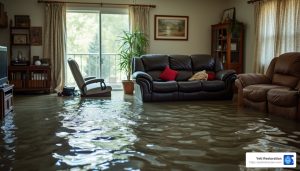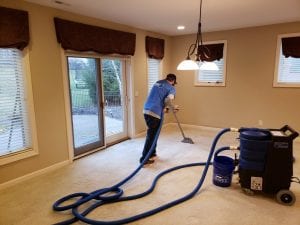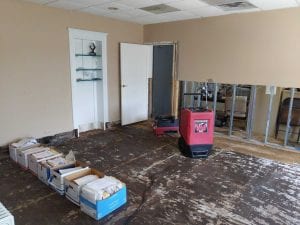What Does Water Restoration Mean?
Water damage cleanup is synonymous with the water restoration process. If you carefully review a fire damage insurance claim, you’ll often find that the water used to put the fire out results in more extensive damage and costs more money than the fire. Water restoration experts know how to mitigate damage on your property to save money for all parties.
They’ll use specialized equipment to stop mold growth and structural damage (both considered secondary damage in the insurance world) to quickly dry the affected walls and floors in your home.
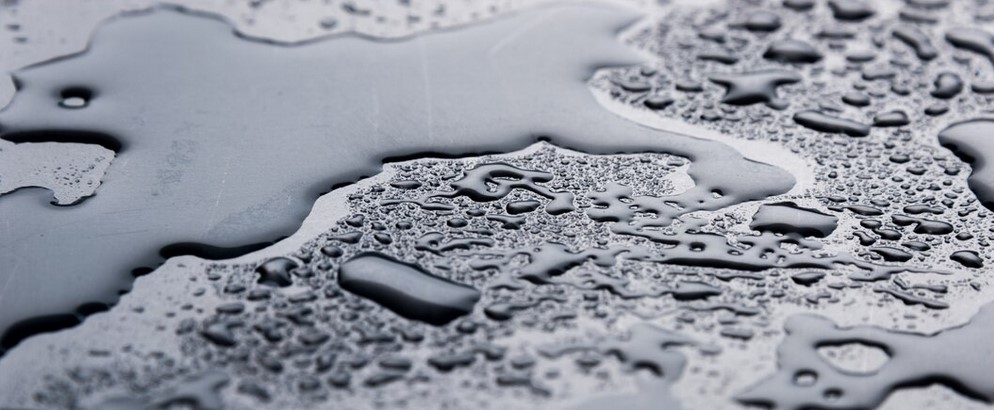
How Long Do I Have To File A Home Insurance Claim?
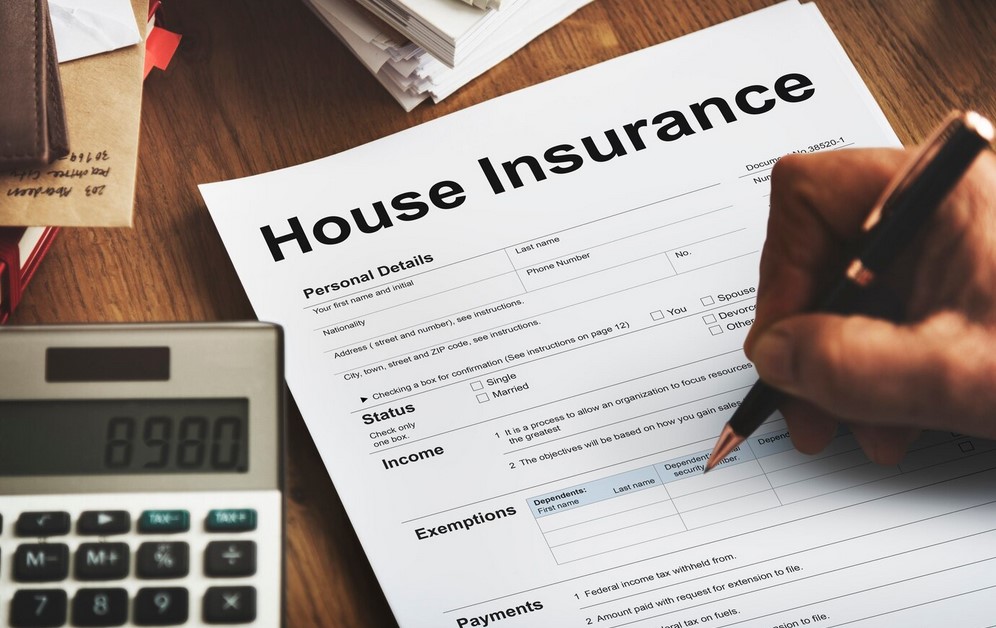
The first step after a disaster in your property is to safely mitigate damage. Your insurance company requires this of you per your contract with them. You don’t need their permission to make good informed decisions on this. Many homeowners mistake the role of the insurance company to be a gatekeeper when the carrier is actually the liable contract partner in the claim, obligated to pay for complete repair and mitigation for your house and business.
Once you’ve completed the task of mitigating the overall cost of the emergency, filing claims can happen up until 12 months after the date of the water damage (or any disaster) event.
You may want to seek professional advice from your local restoration company, even when they begin to serve you with equipment and initial repairs. As we’ll state in the next heading, if selected well, the professional in your doorway will see more insurance claims this week, and act as a crucial link in those claims, than you’ll likely see in the next ten years – so you can lean into their expertise.
Benefits Of Working With A Professional Water Damage Restoration Company
Home restoration projects are fairly complex at the conclusion of a water damage emergency. Just like you can DIY your taxes, you can of course DIY anything. Professionals are going to bring crucial value and professional tools and equipment that you may not want to risk living without. As someone sensible said to me, even if you can rent similar equipment, you can’t rent similar experience.
While you may be able to restore some items yourself, professional certifications exist throughout the claims process for a reason. Building materials respond variously to restoration efforts. Drywall actually gains 80% more strength after being wet, and dried again. Carpet is the same. But while it’s wet, carpet is easily delaminated, and drywall is very brittle. If the drying process takes too long, your family will risk a life with mold growth in both substrates.
The equipment used to restore everything possible to good condition and bring you the benefits of quick home repair and mitigation is extremely expensive and requires routine maintenance to keep ready for operation when disaster strikes. Trained teams exist solely to respond on your behalf.
If you contact restoration professionals before you file your insurance claim, you’ll also benefit from their insurance experience. A great professional restorer will be able to advocate for you, in the way that the insurance company has an adjuster who can advocate for their side of the policy.
At Yeti Restoration, we walk through the insurance claims process more times in a week on the job, than most people will in their professional lives. While we don’t have insurance certifications, we do have a wealth of knowledge on the restoration process, and know how to serve you with your insurance company and their adjuster regarding your particular water damage.
Safety and Water Damage Categories
There are three categories (and four classes, but we’ll ignore those for now) of water to consider when we think of water damage cleanup. All restoration experts agree on these categories:
- Category 1 – generally considered to be safe/ clean water
- Category 2 – unsanitary, but from a clean water source
- Category 3 – grossly contaminated water
While Category 1 exists, it has to make contact with something. And invariably, that something makes it dirty (like a floor). For this reason, Category 1 water is essentially a lab condition that won’t exist in most water damage cleanup events.
However, part of the value of a great water damage restoration company is knowing when drywall or carpet can be saved (which is common in Category 1, and sometimes for Category 2). Professionals come with the drying and cleaning equipment, coupled with knowledge to assess where the obvious benefits are for the house.
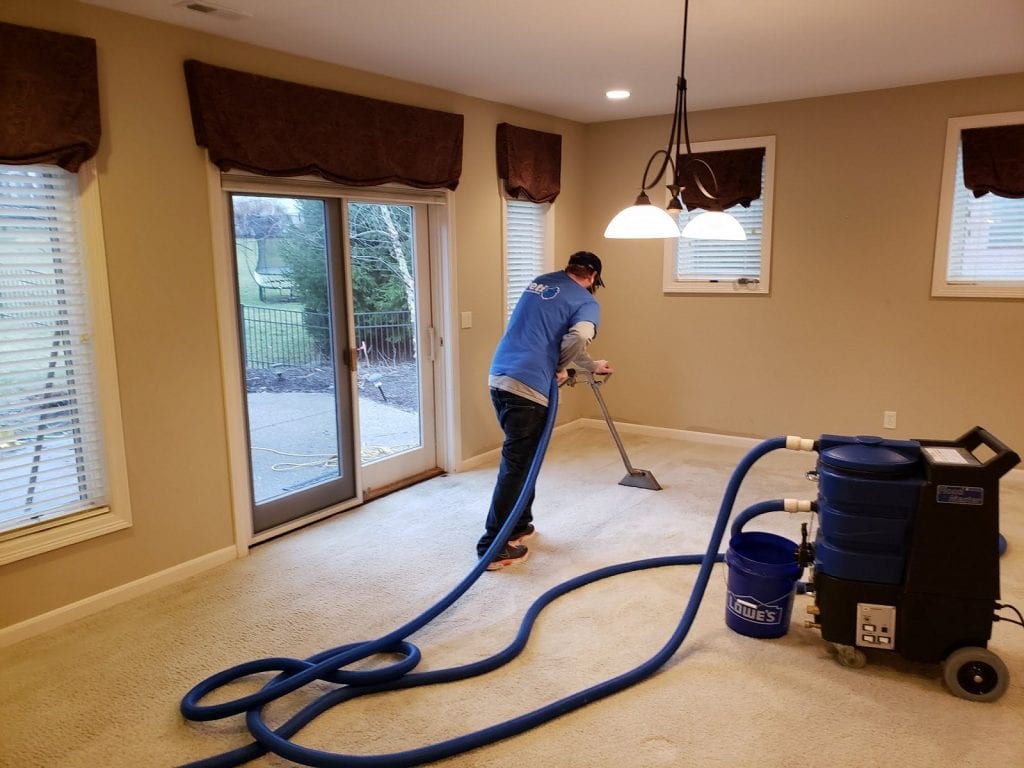
Conversely, there are times that even Category 1 water damage cannot be reasonably dried – think about a compacted wood/ particle board cabinet that swells after contact with water damage. Or insulation behind the walls that will keep hold of water long into the future and prevent a reasonable assertion of a dry standard in your house.
And then there’s Category 3 – grossly contaminated water damage cleanup, where we have to assume that all porous substrates are to be safely demolished and removed without further affecting the house. This is best left to the professionals before full cleaning can occur and then repairs.
A toilet overflow or drain backup would be a good example of Category 3 water damage. Professionals can establish a protocol for emergency cleanup of the water damage, and determine which materials can be reasonably salvaged, like plastic totes, porcelain and metal shelves, while carpets and pads cannot be.
